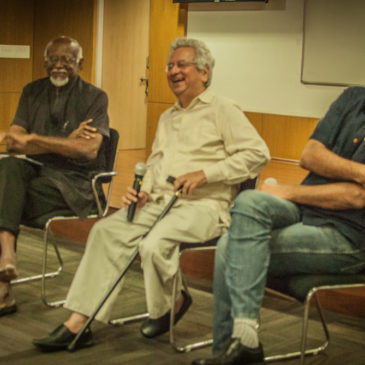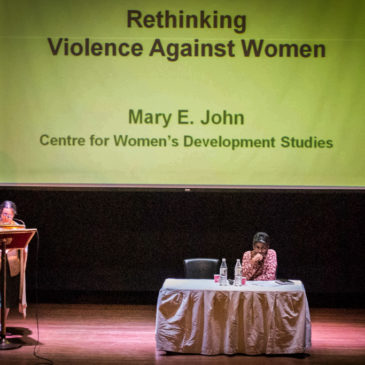A Journey with Kumar Shahani
Andolan, Gamaka, Kan-Swar or Gitkari, Meend or Murki: the Alankars are multiple in types, and innumerable in practice. Each melody acquires its ornament, each note, its body. Alankar, a term for aesthetics in the Indian arts, is the adornment, the embellishment, the process that reveals the beautiful from within – the inherent beauty. Fascinating paradox: the Alankar is wilfully produced, coming above and beyond the theme, but it only enhances a beauty already proper to the art. Alankar permits beauty before the accompaniment – Alankar recalls how the inner light is still shining.




